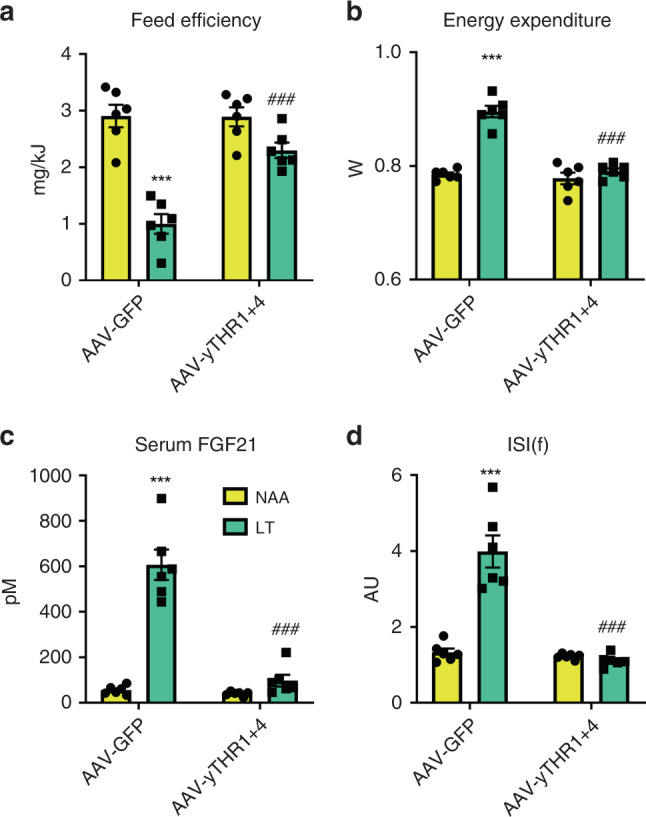Fig. 7. Enforced hepatic threonine biosynthetic capacity reverses the systemic metabolic effects to dietary threonine restriction.

a Feed efficiency of mice in response to a 3-week treatment with diets containing 18% from amino acids (normal amino acid; NAA; yellow bars) and a diet with restricted amounts of threonine (LT; green bars), following prior treatments with adeno-associated viruses to transduce the liver to express yeast threonine biosynthetic enzymes (AAV-yTHR1 + THR4) or a negative control (AAV-GFP). Data are mean and SEM (N = 6 individual mice per group). Data were analysed by two-way ANOVA with Holm–Sidak post-hoc tests. Different than diet NAA: *P < 0.05, **P < 0.01, ***P < 0.001. Different than AAV-GFP: #P < 0.05, ##P < 0.01, ###P < 0.001. b Energy expenditure of mice as in (a). c Serum fibroblast growth factor 21 (FGF21) levels of mice as in (a). d Insulin sensitivity index during fasting (ISI(f)) of mice as in (a).
